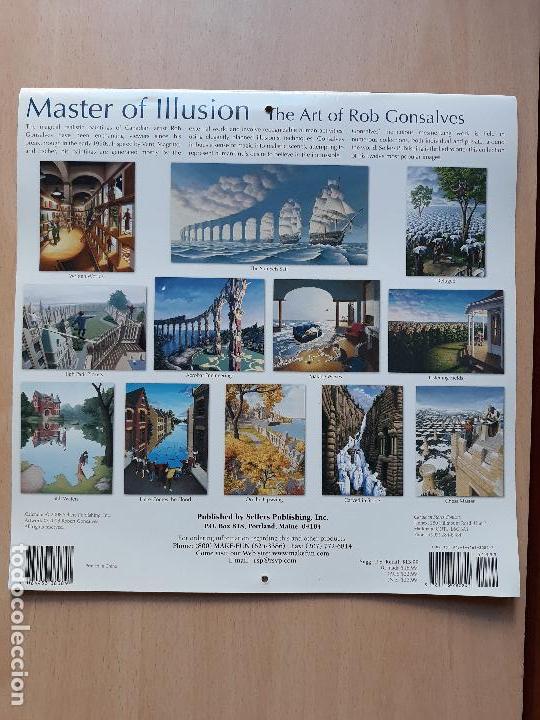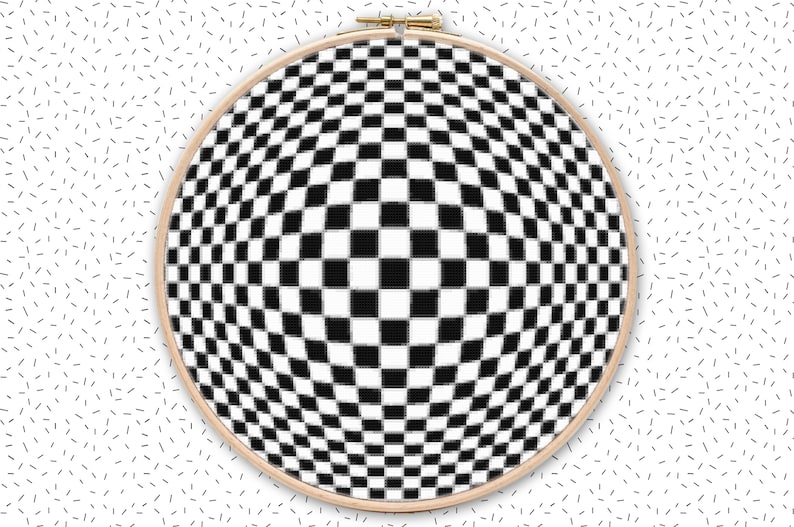

Further, there is some evidence from neuroscience that, for at least some ambiguous figures, there are significant changes in early-stage visual processing in the brain when the Gestalt switch is taking place, which might support the hypothesis that Gestalt switches in general are changes in the experience itself rather than in downstream mental processes like beliefs about that experience (see Kornmeier & Bach 2006, 2012).Īll Is Vanity is a picture that represents a theme that is common in Western art. Macpherson discusses this phenomenon and its implications in her 2012 paper. One way in which ambiguous figures like the All is Vanity might support the claim that visual processing is impenetrable to a significant degree is that the Gestalt switch is hard to control – often one will see the All Is Vanity one way or another even if one is trying to see it the other way. It is still an open question regarding the extent to which perceptual modules are cognitively impenetrable, and the All Is Vanity image belongs in a large class of illusions which are employed in debates to try and answer that question. their inner workings and outputs cannot be influenced by conscious awareness.

So, in the case of visual illusions, for example, a standard way of explaining why the illusion persists even though one knows that one is experiencing an illusion is that the module, or modules, which constitute the visual system are ‘cognitively impenetrable’ to some degree – i.e. To explain: on the hypothesis that the mind is modular, a mental module is a kind of semi-independent department of the mind which deals with particular types of inputs, and gives particular types of outputs, and whose inner workings are not accessible to the conscious awareness of the person – all one can get access to are the relevant outputs. This issue is intertwined with more general questions about the modularity of mind and cognitive penetration. Similar ambiguous figures have been cited in debates over this issue (Silins 2015: §2.4). There is also a question about what the role of attention isin generating Gestalt switches. It is generally agreed that the retinal image is constant when experiencing the illusion, but what is not agreed is whether the visual experience of the figure changes when the perspectival switch takes place between seeing the woman versus the skull, or whether the experience itself does not change, and it is some post-experiential belief, judgment, or other mental process which changes. There is some controversy over how the All Is Vanity Ambiguous Figure works. There are also auditory ambiguous stimuli. Other ambiguous figures (also known as ‘reversible figures’ or ‘bistable figures’) can be searched for in this index.

The All Is Vanity Ambiguous Figure belongs in a large class of illusions where a two-dimensional figure, or three-dimensional object can be seen in two or more sharply distinct ways. The figure can be seen as a woman looking at her reflection in a mirror, or a skull (Oliva, 2013). The All Is Vanity Ambiguous Figure was created by the American illustrator Charles Allan Gilbert (1873 – 1929) in 1892.


 0 kommentar(er)
0 kommentar(er)
